What is Ankylosing spondylitis? It is a type of arthritis that is a result of inflammation of the spine, joints, tendons, or ligaments. Long-term, AS or ankylosing spondylitis leads to the stiffening of joints and immobility; and also results in fusion of bones. Traditional Chinese Medicine categorizes AS in several domains such as the lower back pain, kyphosis, and spinal rigidity. As the condition hurtles towards the advanced stages when bone fusion starts happening, it is called the Zhu Jie Yang or bamboo spine.
Ankylosing Spondylitis Natural Treatment
How does acupuncture help with AS? Well, it is still unclear, but it is said just stimulation of acupuncture points and puncturing the skin with hair-thin needles may stimulate the brain and spinal cord and help in the release of the opium-like molecules with pain-relieving properties.
Some researchers have suggested that acupuncture has the power of helping some people with their painful conditions and is considered a safe treatment if done under the supervision of professionals and they use sterile or disposable needles.
What causes AS?
There is no certain cause of AS. Some researchers are convinced that there is a gene link by the name of HLA-B27. As the disease degenerates further, new bones form at areas of inflammation to heal it, causing fusion of joints.
The condition starts at the age of 17-45. There are more instances of men being affected by the condition than women and more men are susceptible to this disease who are predisposed genetically.
How to Treat Ankylosing Spondylitis Naturally
AS is a chronic, degenerative disease and there is no permanent cure as of now. Western Medicine treatment usually involves the usage of NSAIDs (non-steroidal anti-inflammatory drugs). The best way to treat the disease is by catching it early. It is said that with proper diet and exercise and the use of acupuncture, the symptoms of this disease can be managed. Lifestyle changes are very important, and by that, we mean diet and exercise.
Diet: Eating an anti-inflammatory diet holds primary importance. Also, another thing that is very important is undergoing a blood test that will help determine any particular food allergies you may have. Food allergies should never be taken lightly as the symptoms may be mild at first but your reaction to the same may turn out to be anaphylactic. So, the first thing you must do is go for a test. Also, ensure that you avoid inflammation-causing foods; a plant-based diet is said to have healing properties and is the single-most powerful weapon to treat chronic inflammation.
Acupuncture involves the insertion of acupuncture needles into certain points. Research has concluded that both acupuncture and the needle moxibustion method should be used.
It is said that the use of certain distal points can help ease of the symptoms. For example, acupuncture points found in the wrist joints help ease stiff joints in the whole body and not on the wrist alone.
The research on acupuncture for AS proved that there is a decrease in pain, increase in the range of movement on the spine, substantial reduction in ESR levels, reduction in C-reactive protein by 25%, and even the HLA-B27 marker is also reduced.
The treatment plan includes acupuncture 2 to 3 times weekly with reassessment done in the 10th and 20th treatments. The treatment approach uses Shaoyang channels to dispel wind and dampness and open up the belt channel (Dai Mai).
Acupuncture for Ankylosing Spondylitis
The acupuncture points that help in treating Ankylosing spondylitis are as follows:
1. TW5:
It is located 2 cun proximal to the dorsal wrist crease between the radius and ulna, next to the radial bone.
Besides ankylosing spondylitis, it treats headache; pain in the cheek; deafness, lateral costal pain; tinnitus; inhibited bending and stretching of the arm; tremor of the hand, pain in the fingers; abdominal pain and constipation.
2. GB41:
This point is located on the lateral side of the dorsum of the foot, proximal to the 4th metatarsophalangeal joint.
This point can treat migraine, redness and pain of the eye, spasm, pain of the foot and toe and pain in the hypochondrium. It also treats breast distention, mastitis and irregular menstruation, Scrofula, and malaria.
3. SI3:
The SI3 point is located in the depression which is half closed, close to the head of the metacarpal bone, at the meeting point of the light and dark skin.
It treats conditions such as headaches; deafness; stiff neck; reddening of the eyes; hypertonicity of the elbow, arm, and fingers; epilepsy; heart diseases; malarial disease and night sweats.
4. BL62:
The BL62 acupuncture point is located in the depression just below the external malleolus.
It treats a large number of conditions such as epilepsy, manic psychosis, extroversion of the foot, insomnia, headache, pain in the lumbar and leg, neck rigidity and Blepharoptosis.
5. BL58:
This acupuncture point is located on the lower leg, 7 cun right over the Kunlun Bl-60, lateral to and about 1 cun inferior to Chengshan Bl-57.
The BL 58 acupuncture point treats hemorrhoids, activates the channel and provides pain relief.
6. BL23:
The BL 23 acupuncture point is 1.5 cun lateral to the lower border of the spinous process in the second lumbar vertebra (L2).
This acupuncture point helps to tonify the kidney and fortify the yang. It benefits urination and warms the uterus. It also benefits the ears and the eyes and it impacts the lumbar region.
Ankylosing spondylitis treatment involves making the right lifestyle changes and using the same in conjunction with acupuncture. People with spondylitis are encouraged to sleep on a firm mattress and keep their back straight. Placing large pillows under the head is a strict no-no since it promotes neck fusion in the flexed position. Similarly, ensure you do not prop the legs up on pillows as it may lead to hip or knee fusion in the bent position. You can choose tables, chairs, and other work surfaces that will stop you from slumping or stooping. Armchairs are a preferred option over chairs without arms.
Since those with ankylosing spondylitis may hurt their rigid necks or backs, special care should also be taken to avoid jerky movements, such as jumping or falling.

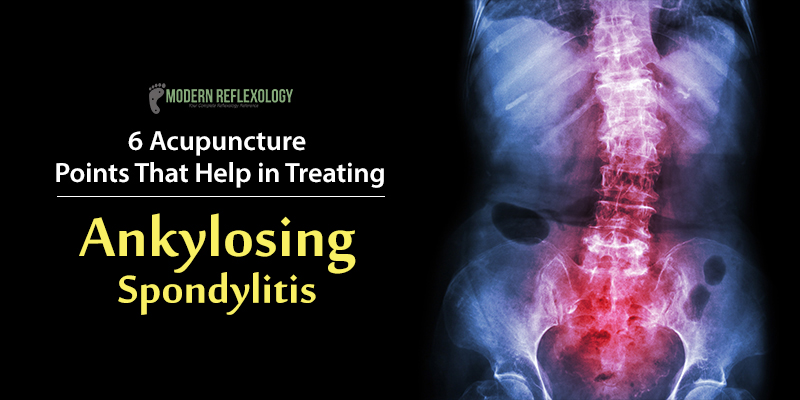
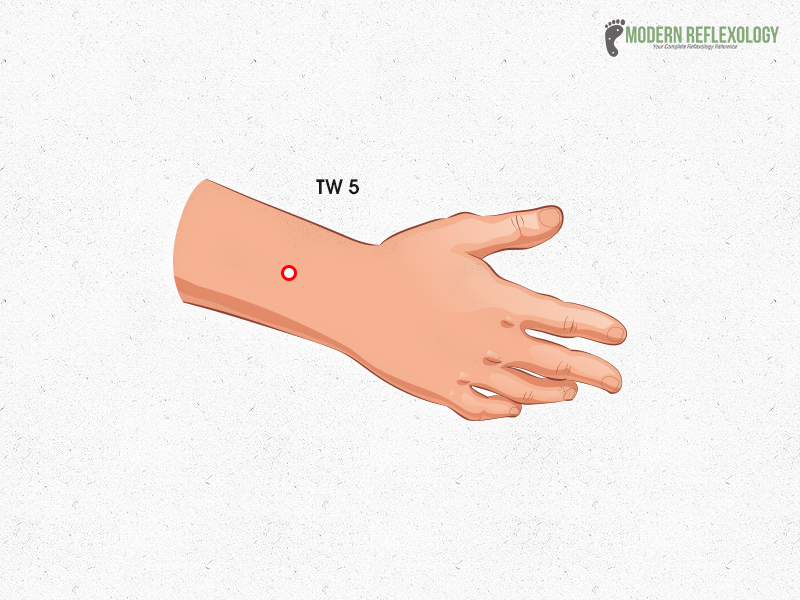
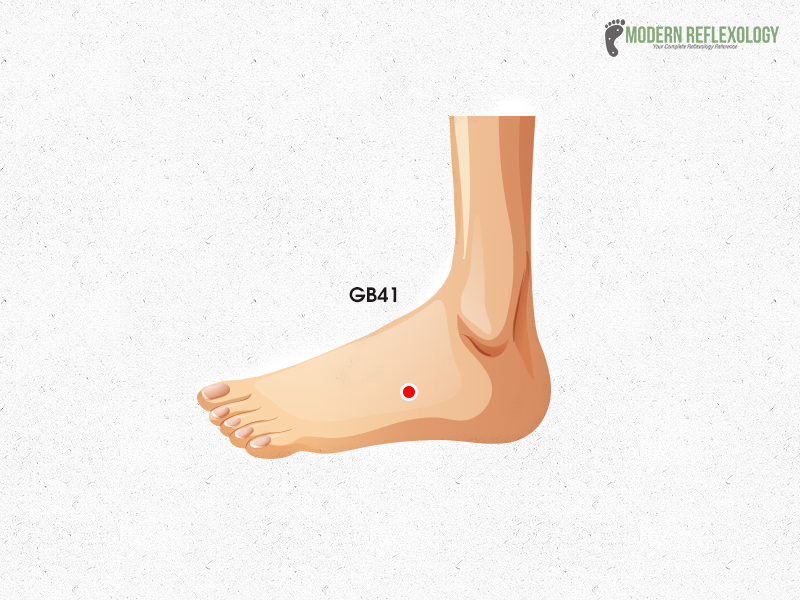
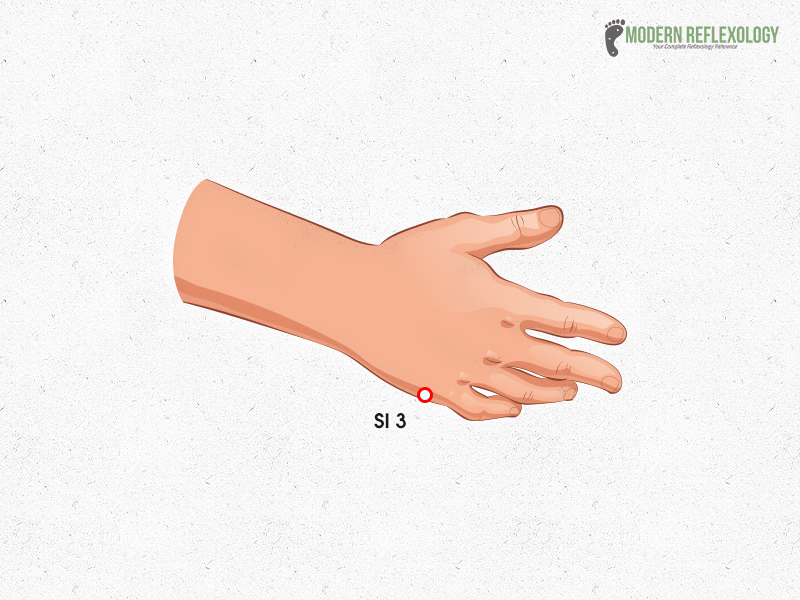
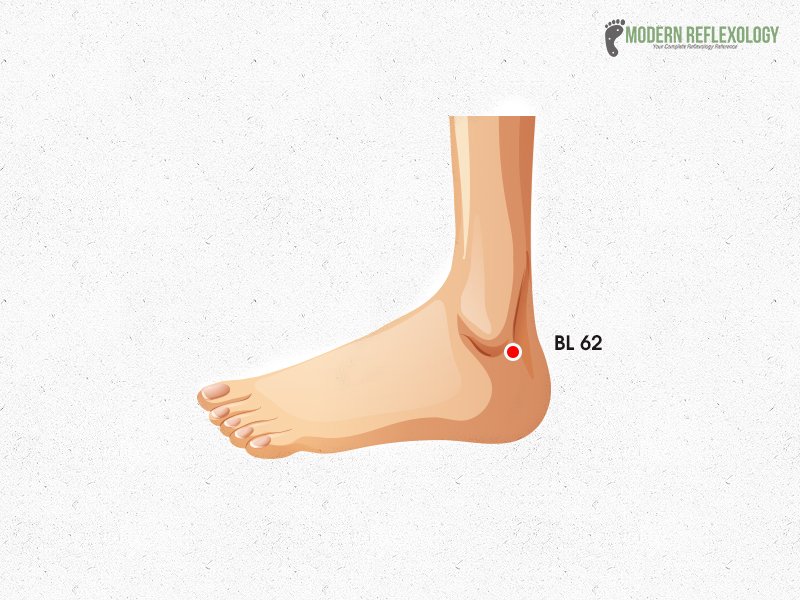
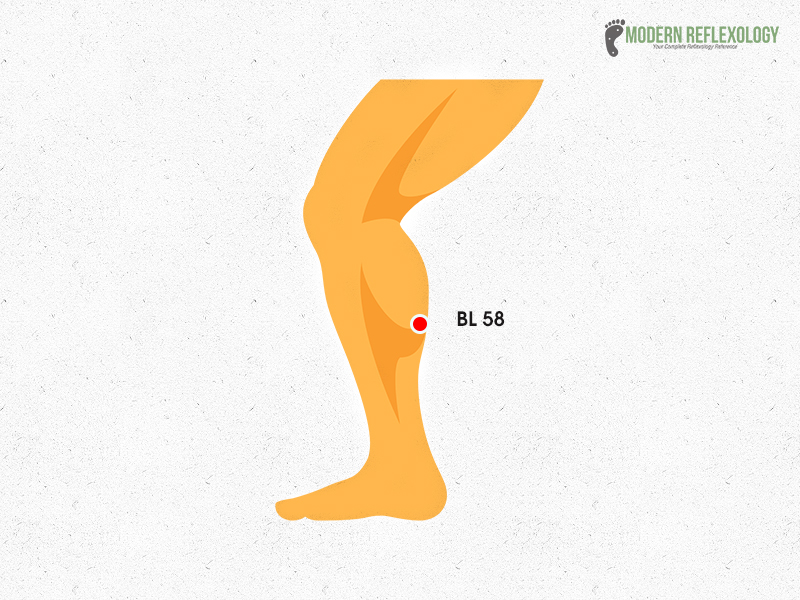
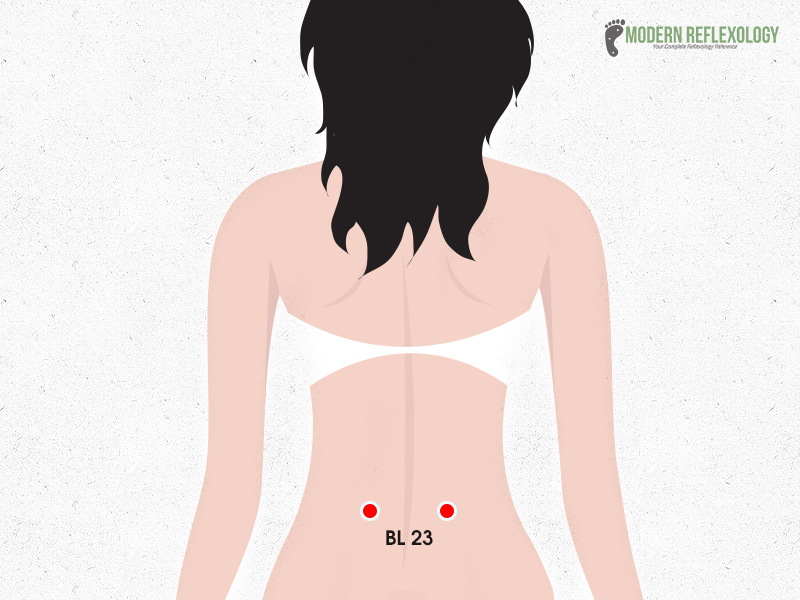
Comments are closed